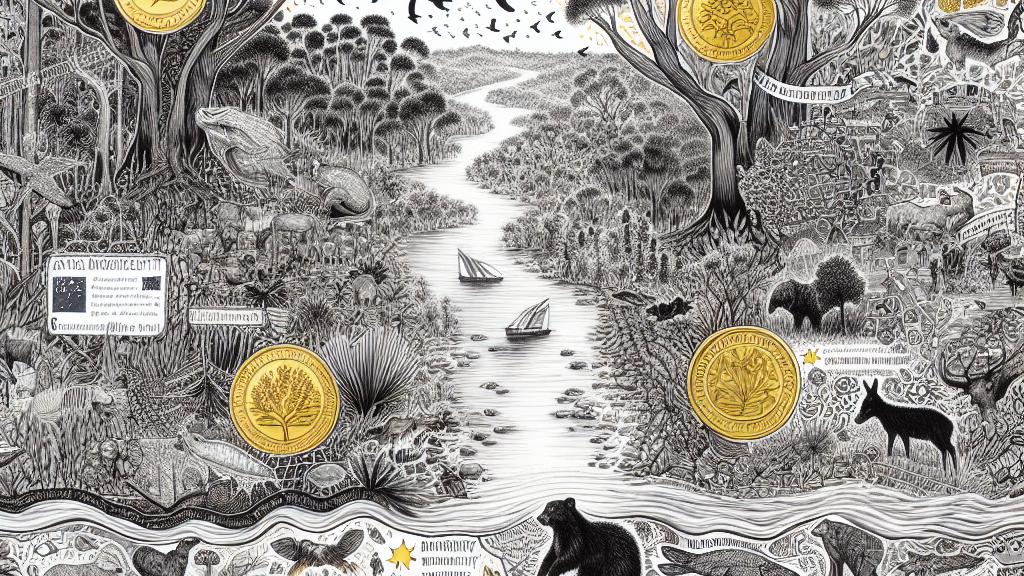The Challenges of Australia's Nature Repair Market in Biodiversity Protection
Overview
- Australia forges a groundbreaking nature repair market to drive biodiversity restoration through private investment.
- The existing carbon credit system is fraught with shortcomings, revealing its inability to safeguard endangered species.
- To transform intent into real change, focused policies and strategic investments in critical habitats are essential.

A Bold Step: Australia's Nature Repair Market
Australia is embarking on an innovative journey with its nature repair market, which aims to revolutionize the way we restore and protect our natural environment. By monetizing biodiversity credits, individuals and organizations that engage in conservation efforts will not only contribute to environmental restoration but also reap financial rewards. These credits will be tradeable assets, attracting companies eager to offset their ecological footprints. However, while the idea holds great promise, the practical application raises several critical questions. For instance, will this market genuinely lead to improved biodiversity outcomes, or are we merely creating a new avenue for greenwashing?
Examining Carbon Credits: Insights and Concerns
Recent studies have cast a shadow on the effectiveness of Australia’s current carbon credit scheme. Despite the noble intentions of reducing carbon footprints, many projects are poorly aligned with biodiversity needs. For example, a significant number of carbon-reduction activities occur in arid, less productive regions, which support only about 6% of Australia’s threatened species. This situation suggests that while we tackle one environmental crisis, we could inadvertently neglect another, risking the very ecosystems we seek to preserve. Furthermore, the irony is striking: economically advantageous areas are prioritized over regions that are more critical for biodiversity. If the new nature repair market is to avoid these pitfalls, it will need to consciously prioritize areas where endangered species truly require protection.
Seizing Opportunities: Protecting Biodiversity for the Future
Despite these challenges, there is indeed potential for the nature repair market to make a meaningful impact. Notably, approximately one-third of Australia’s threatened species inhabit areas that overlap with current carbon credit projects. This overlap not only highlights an opportunity but also underscores the need for strategic planning. By channeling funding into regions that are crucial for biodiversity, Australia can effectively harness the benefits of the nature repair market. We must shift focus from merely cost-saving projects in remote areas to investing in productive agricultural lands where diverse species thrive. Thus, with a thoughtful approach, Australia’s nature repair market could truly become a catalyst for genuine conservation efforts, addressing both carbon emissions and the urgent need for biodiversity protection.

Loading...